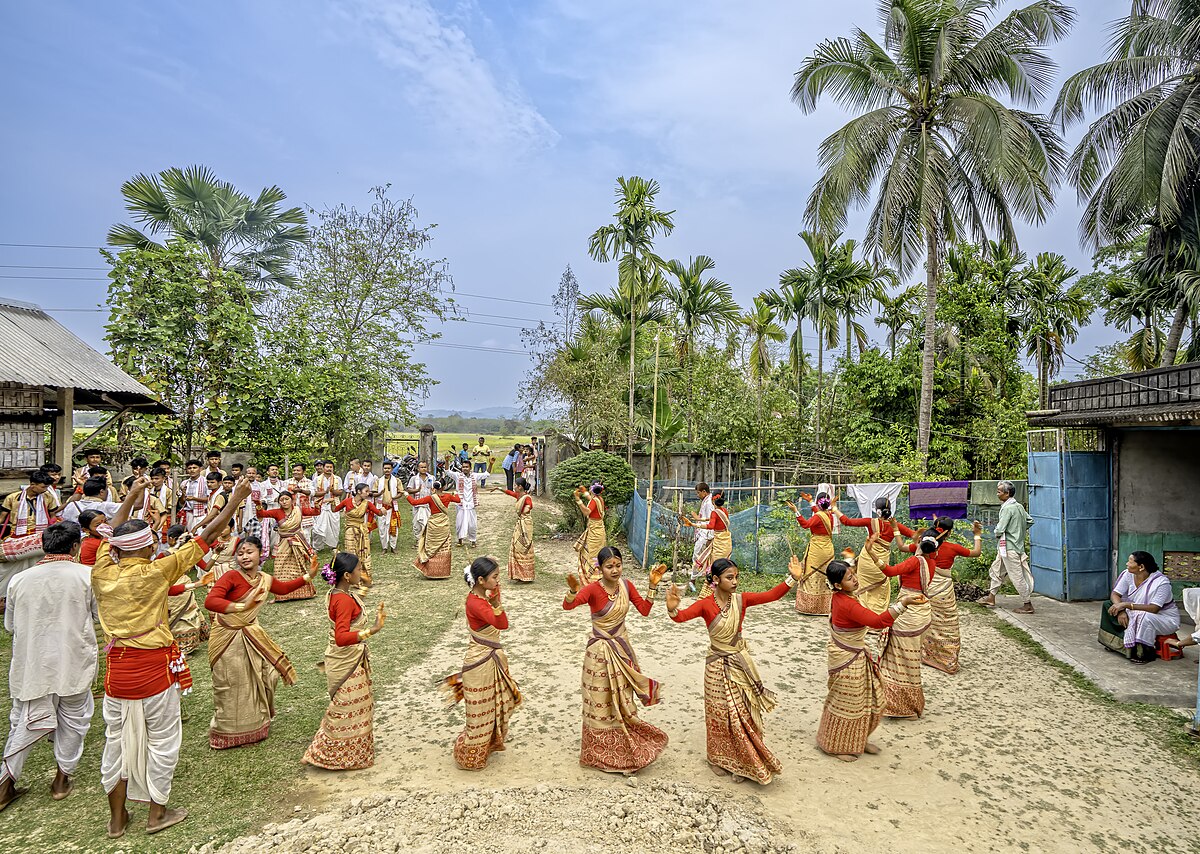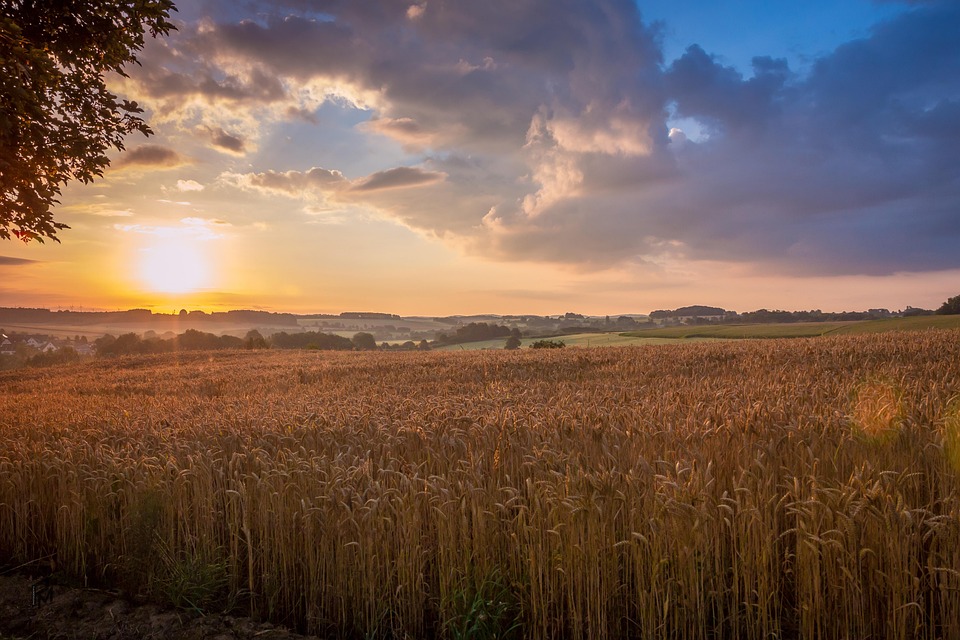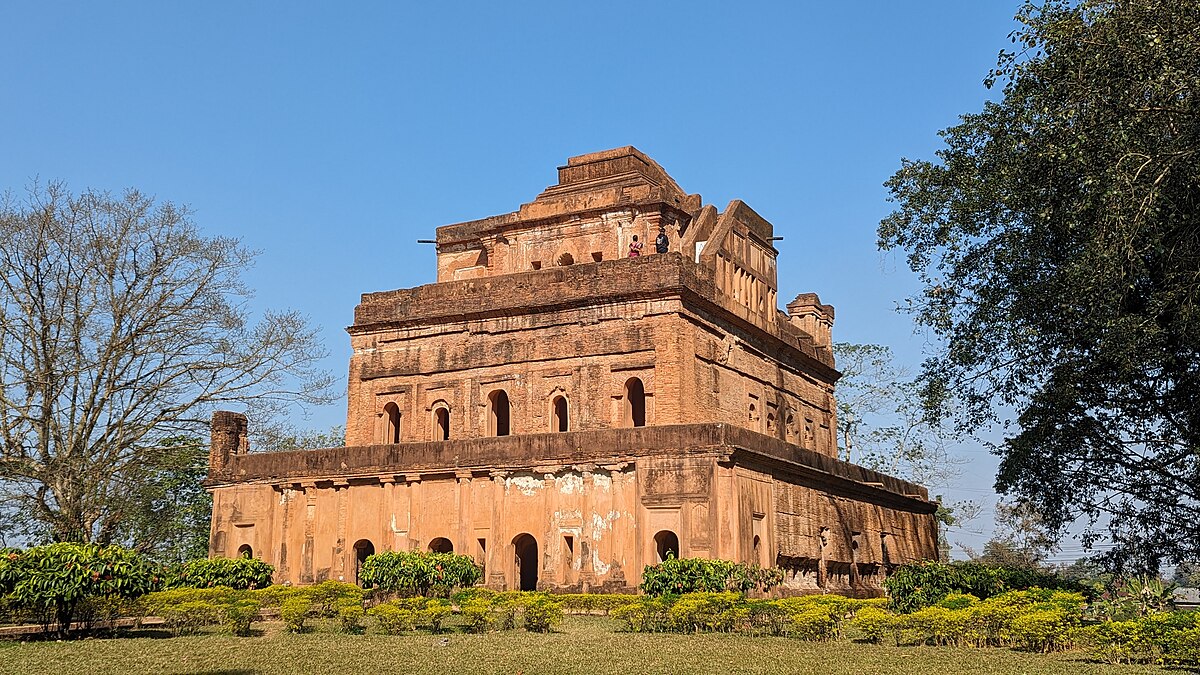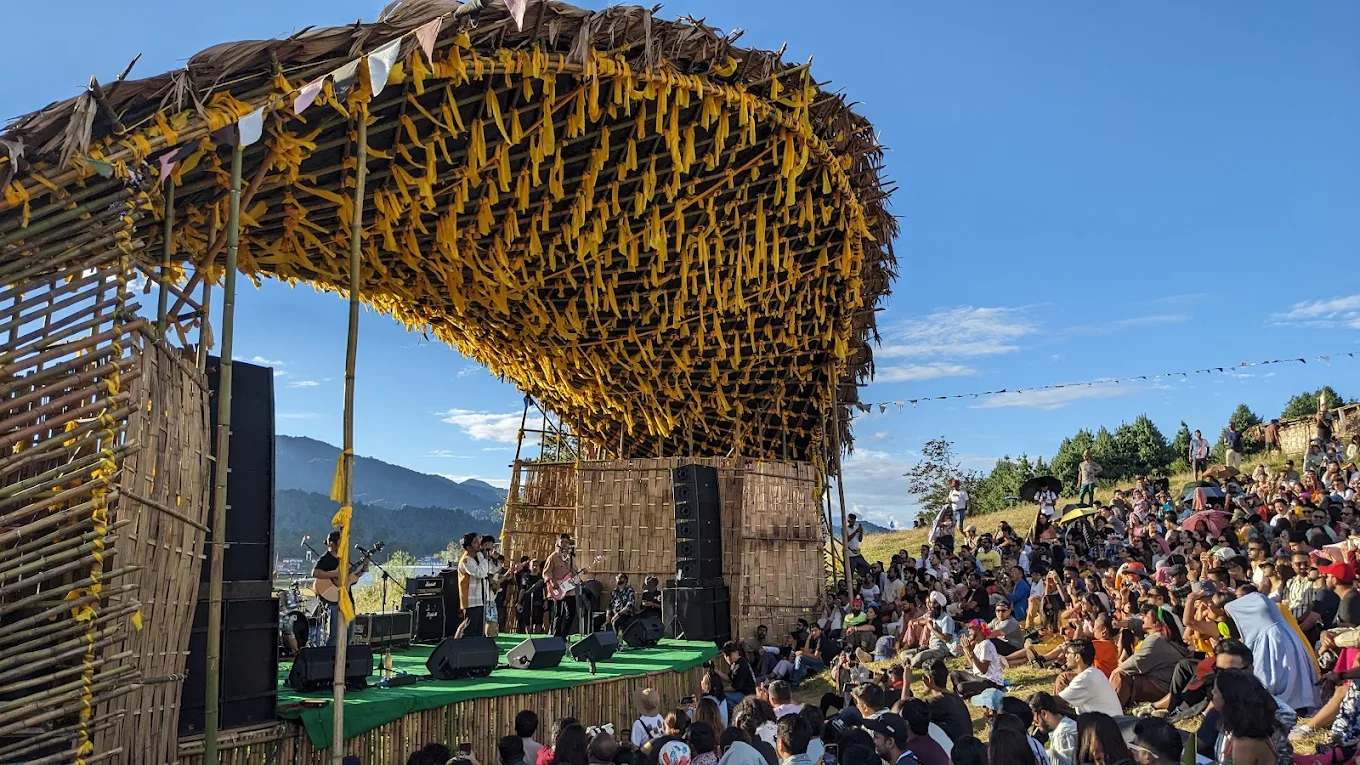Bihu Festival of Assam

At any festival, as we watch people celebrate their culture in the form of a musical or a dance performance and come together to bond over foods that have been passed down over generations, as participants and observers, we are in awe of humanity and our unity within these festivals.
Among all festivals of various cultures in India, Assam’s Bihu (excessive joy) festival too serves us with this fantastic fact of humankind.
According to local folk tales, it is said that the Goddess of Storms, Bordoisila, got married in a distant land, and every year she comes back home. Her happy return is indicated by the arrival of rains and winds that marks the start of the New Year in Assamese culture. This takes place during the month of April. However, the unique aspect of the Bihu festival is that it is celebrated across three different times in a single year.
Bohag Bihu
 Also known as Rongali Bihu, this is the first of the three Bihu festivals that take place in April. During this period, you will find farmers putting in their hard work, so that the fields will be ready for harvesting in the future.
Also known as Rongali Bihu, this is the first of the three Bihu festivals that take place in April. During this period, you will find farmers putting in their hard work, so that the fields will be ready for harvesting in the future.
Food is an essential part of any festival, and in Assam during Bohag you can get your hands on delicacies. Some of these dished include Til Pitha, which is a sweet dish made of rice, black sesame seeds and jaggery, Xoru Xaak is a sautéed vegetable dish that’s mixed with lentils, eggs and meat depending on the community’s preference, and Narikol Laru, which are round sweets made from coconut, are some of the culinary specials of this festival.
The indigenous tribes of Assam also prepare traditional rice beer or wine that is prepared differently depending on the culinary practices of that specific tribe. For example, the Mising community calls rice beer Apong, while the Deori people have called it Chuje.
One of the most interesting aspects of this festival is that it takes place across a period of seven days and this is how it usually follows:
Day 1 – Goru Bihu
This day is dedicated to cattle worship and therefore, certain rituals are practiced. Here, a herd of cattle is taken to the water bodies of the village and are washed, so that the community can apply turmeric coating among other mixtures onto these animals, and rituals are performed for their overall welfare.
Day 2 – Manuh Bihu
It’s New Years! And it is the day dedicated to spending time with loved ones. The children of the village are festively dressed in new clothes while the elders visit different houses of the village and sing Bihu geets and offer their blessings. On this day, the community also gifts each other with the gamosa, which is a traditional, rectangle-shaped fabric that is especially handcrafted.
Day 3 – Gosain Bihu
This day is observed in honour of the Gods, where people praise and sing songs of worship, along with receiving blessings from the priests. It is the day dedicated to prayers of safety and prosperity in the coming year ahead.
Day 4 – Kutum Bihu
The fourth day is also celebrated with families and friends, who bond over home-cooked meals and oral story-telling traditions.
Day 5 – Senehi Bihu
For Senehi Bihu, lovers unite to honour the love they have for each other. They give each other gifts, similar to the gamosa, but it is called as Bihuwan in Assamese. This day can be considered like Valentine’s Day that is special to the lovers that reside within the state of Assam.
Day 6 – Mela Bihu
As the name suggests, this day is reserved for fairs and everything cultural, as the people get together to enjoy the fairs and join cultural activities.
Day 7 – Chera Bihu
This marks the last day and it is dedicated to togetherness, blessings, and thoughtful reflections.
There are also folk dances that are performed during Rongali Bihu, such as the Jeng Bihu, Khamba Lim, among many others.
Kati Bihu
 This festival is celebrated in the month of October. This aspect of the three-part festival can be considered as a form of serene anticipation. This is because the fields are in the pre-harvest growth stage, and the village community light up lamps. They follow traditional beliefs and so you will find the people placing a lamp at the top of the bamboo pole and light it.
This festival is celebrated in the month of October. This aspect of the three-part festival can be considered as a form of serene anticipation. This is because the fields are in the pre-harvest growth stage, and the village community light up lamps. They follow traditional beliefs and so you will find the people placing a lamp at the top of the bamboo pole and light it.
This is done for two reasons, one is to light the path for the souls of their predecessors and the second, being a form of insecticide. Besides this, they also a place a lamp near the holy Tulsi plant and these lamps are also called as sakis locally.
Magh Bihu
 It is finally the harvest festival that is all about the fresh harvest, eating, and spending the day with family and community. This is held in the month of January and the preparation for the main day begins on the previous day known as Uruka. You will find the men of the village building a temporary hut from the harvest’s hay, known as Bhelaghar, and prepare the meji (bonfire.) The members of the village spend the night around it and they also prepare traditional rice specialities like Pithas and spend time in celebration, singing songs and playing the drums.
It is finally the harvest festival that is all about the fresh harvest, eating, and spending the day with family and community. This is held in the month of January and the preparation for the main day begins on the previous day known as Uruka. You will find the men of the village building a temporary hut from the harvest’s hay, known as Bhelaghar, and prepare the meji (bonfire.) The members of the village spend the night around it and they also prepare traditional rice specialities like Pithas and spend time in celebration, singing songs and playing the drums.
The next day, people pray at the central meji and ask for blessings, which is then followed by a fun day of festivity and games such as Buffalo-fighting, Egg-fight among others.
Wrapping Up
The Bihu festival of Assam, as the name suggests, is a time of delight and celebration, and some of the best places to experience include the city of Jorhat, Saulkuchi in Kamrup district, Kamakhya Temple in Guwahati, Ranghar (Sivasagar), and Tezpur, are some of the popular destinations among others, for an immersive experience.
If you are traveling to Assam, then planning your trip around the Bihu festival will ensure that you have a wonderful cultural experience of Assam. You can check out these plans in order to guide your trip to Assam.



